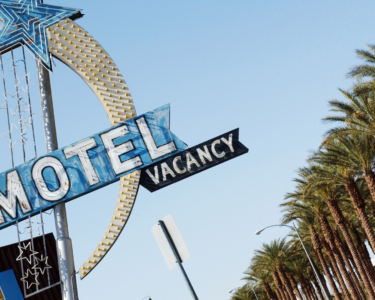by Zaid Jilani W. Bradford Wilcox, @BRADWILCOXIFS Wendy Wang, @WENDYRWANG
With Jack Dorsey bowing out and Parag Agrawal taking over as CEO of Twitter, Indian immigrants now captain not just Twitter but many of the biggest companies in the tech sector, from Google to Microsoft. In a comment highlighted by many in the Indian press, Tesla CEO Elon Musk picked up on the trend in a Tweet that read, “USA benefits greatly from Indian talent!”
Indeed, Agrawal was born in Ajmer, a city in the Indian state of Rajasthan. He joins a growing list of American tech executives of Indian descent, including Alphabet CEO Sundar Pichai, Microsoft CEO Satya Nadella and IBM head Arvind Krishna.
One way to view the Indian American success in tech is simply as a matter of numbers. “If a dozen of the top CEOs in the world come from a country with 18% of the world’s population, why would I be surprised?” asked Seshadri Kumar recently.
But the Indian CEOs at the top of American tech companies are hardly the only example of Indian American success. Our analysis of data derived from the 2019 American Community Survey paints a picture of a group that has found astounding success in the United States in achieving what could be called the “Indian American Dream.”
Indian immigrants make up about 6% of the U.S. foreign-born population and are now the second-largest immigrant group in the U.S., after immigrants from Mexico. As one example of their success, Indian Americans now top the charts in income. Median family income among Indian Americans between the ages of 25 and 55 was $133,130 in 2019, well above the white median income of $86,400. Indian Americans also have higher income than other Asian Americans. The median family incomes for Chinese, Japanese and Filipino Americans ages 25 to 55 were about $100,000 in 2019, well below Indian Americans’ median family income.
Two factors appear to play central roles in the rise of Indian Americans: education and family. No other racial group of Americans is as well educated as Indian Americans — 82% of Indian American adults ages 25-55 are college educated, compared to just 42% of whites who have a degree. Meanwhile, no other group of Americans is as likely to be married as Indian Americans — 78% of Indian Americans ages 25-55 are married compared to 58% of whites.
Two factors appear to play central roles in the rise of Indian Americans: education and family.
Indian immigrants have the highest family stability of any group in America, with 94% of Indian immigrants with children stably married, compared to 66% of white Americans.
Read the rest @ https://ifstudies.org/blog/the-indian-american-dream-by-putting-family-and-education-first-indian-americans-rise






